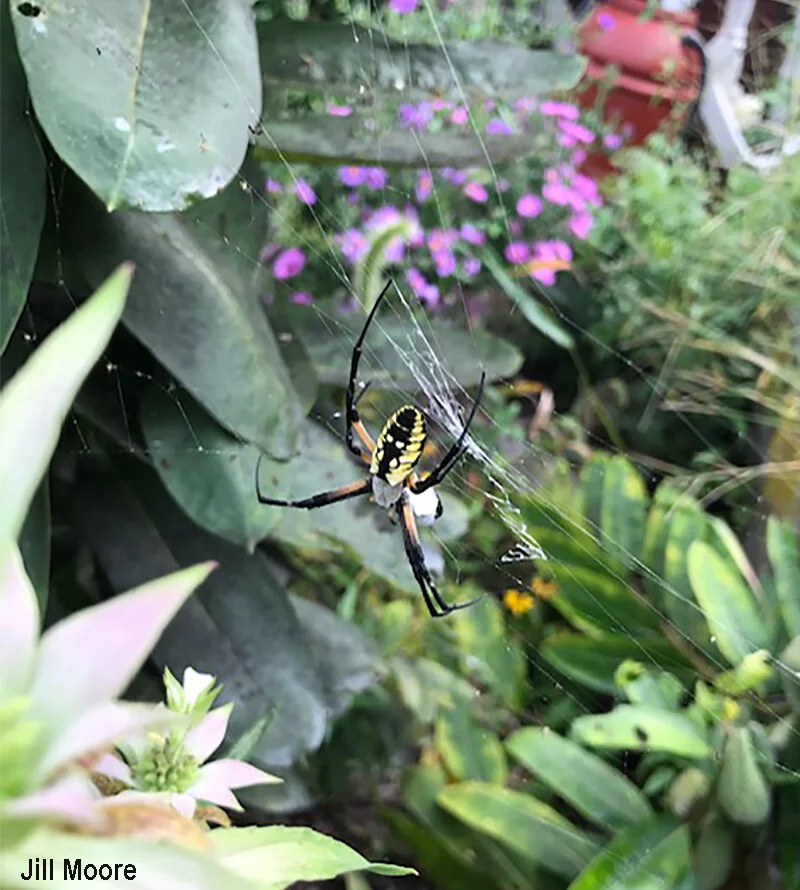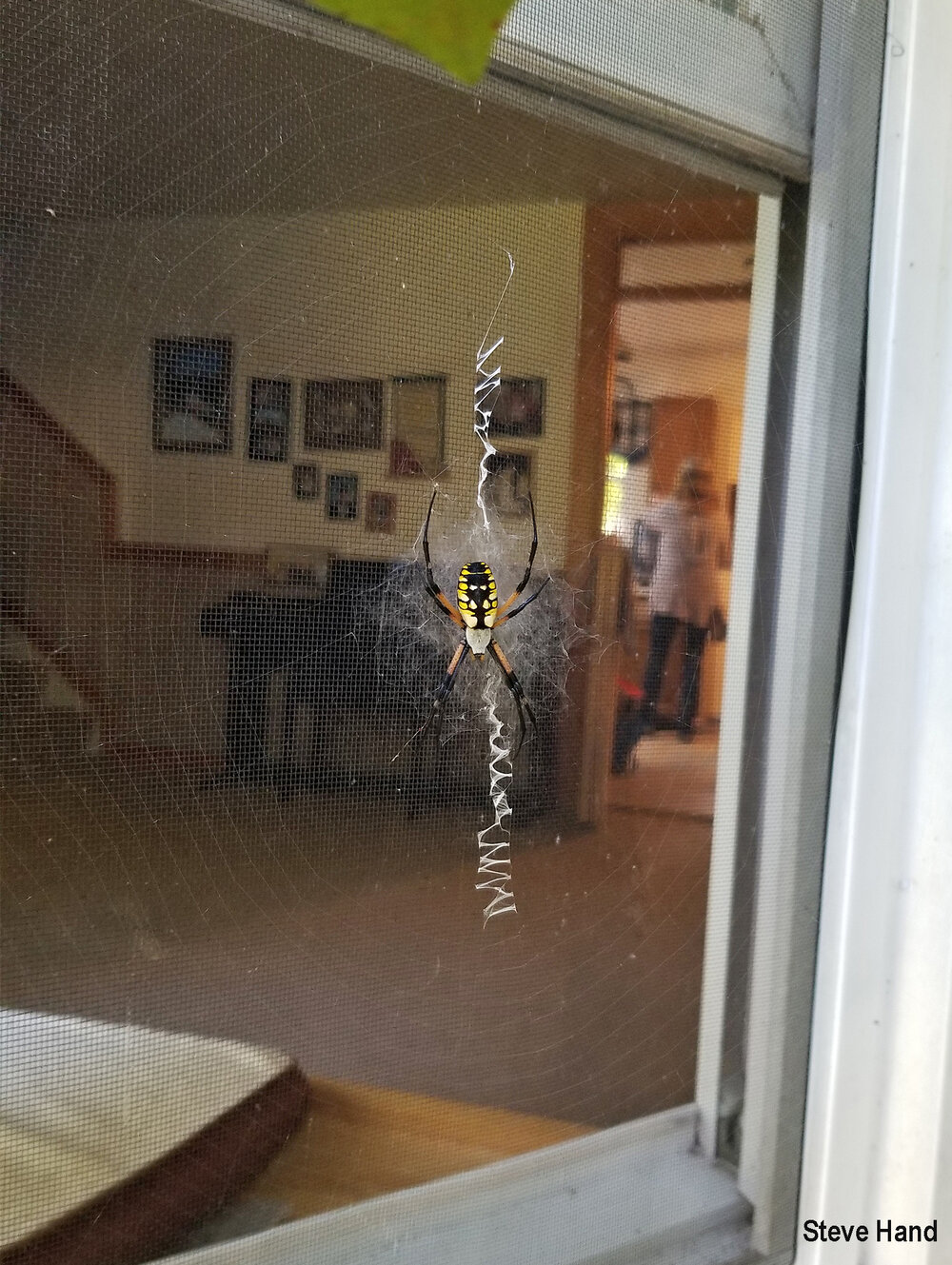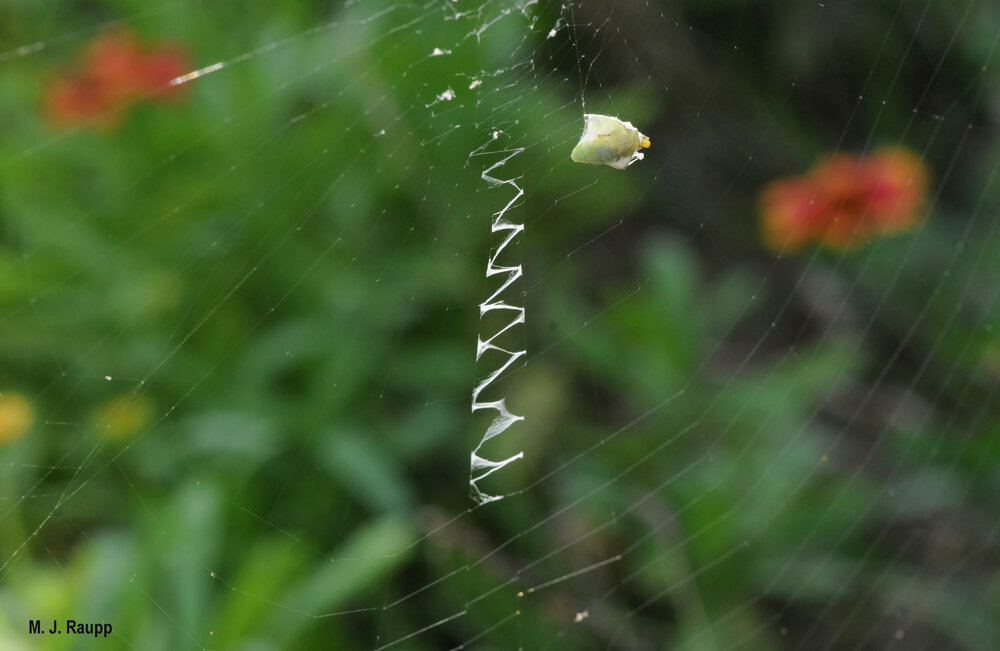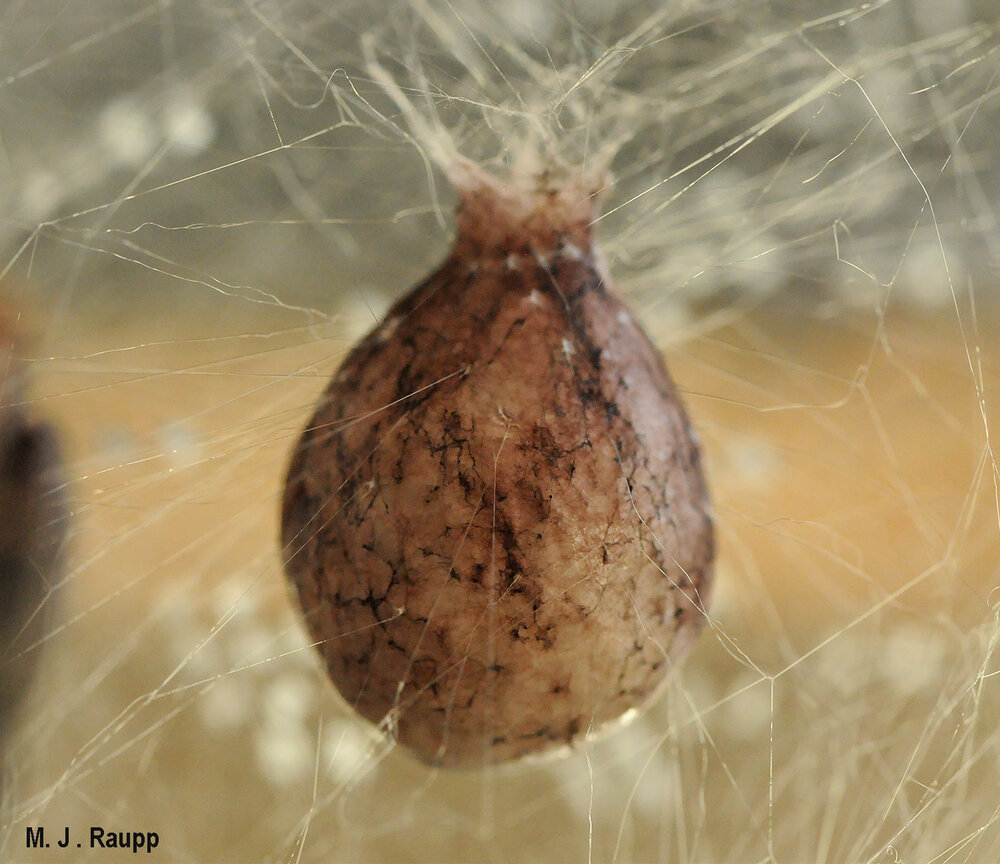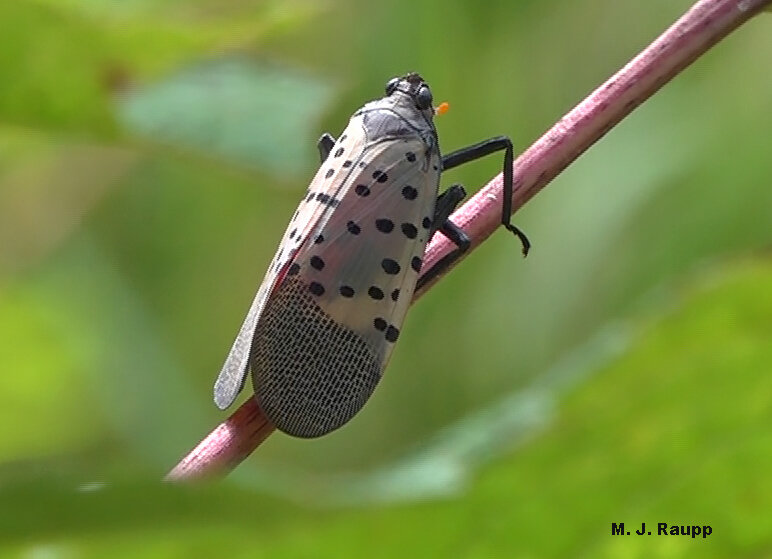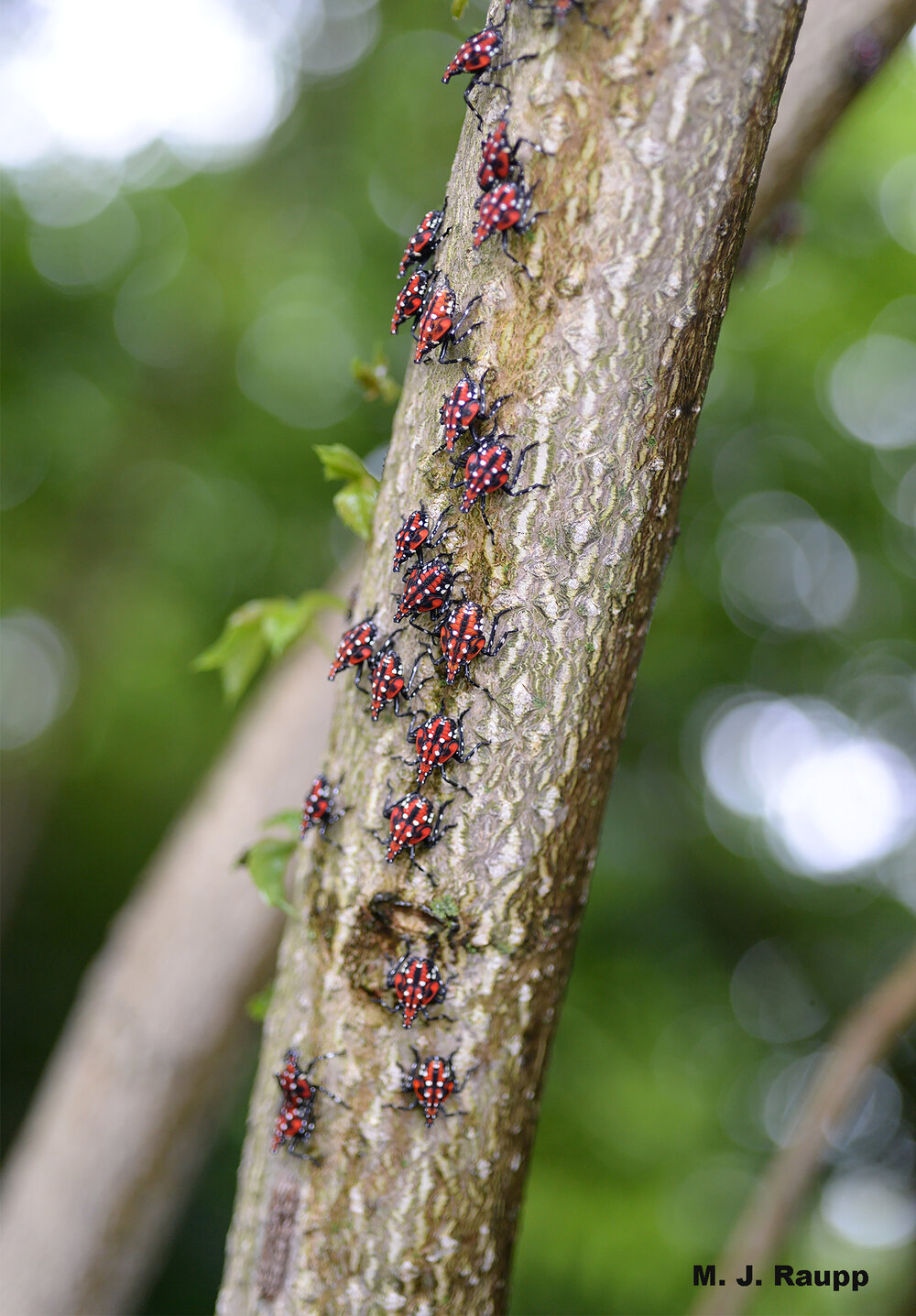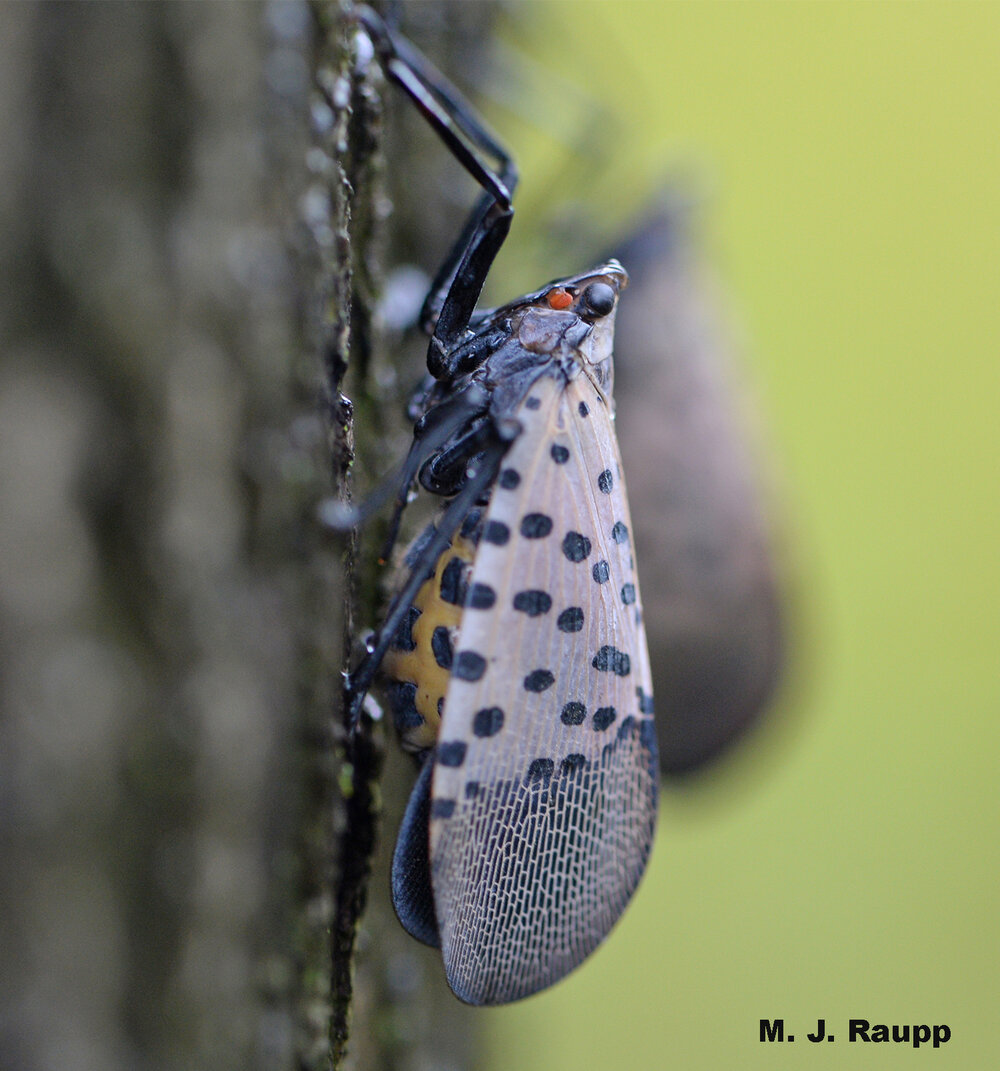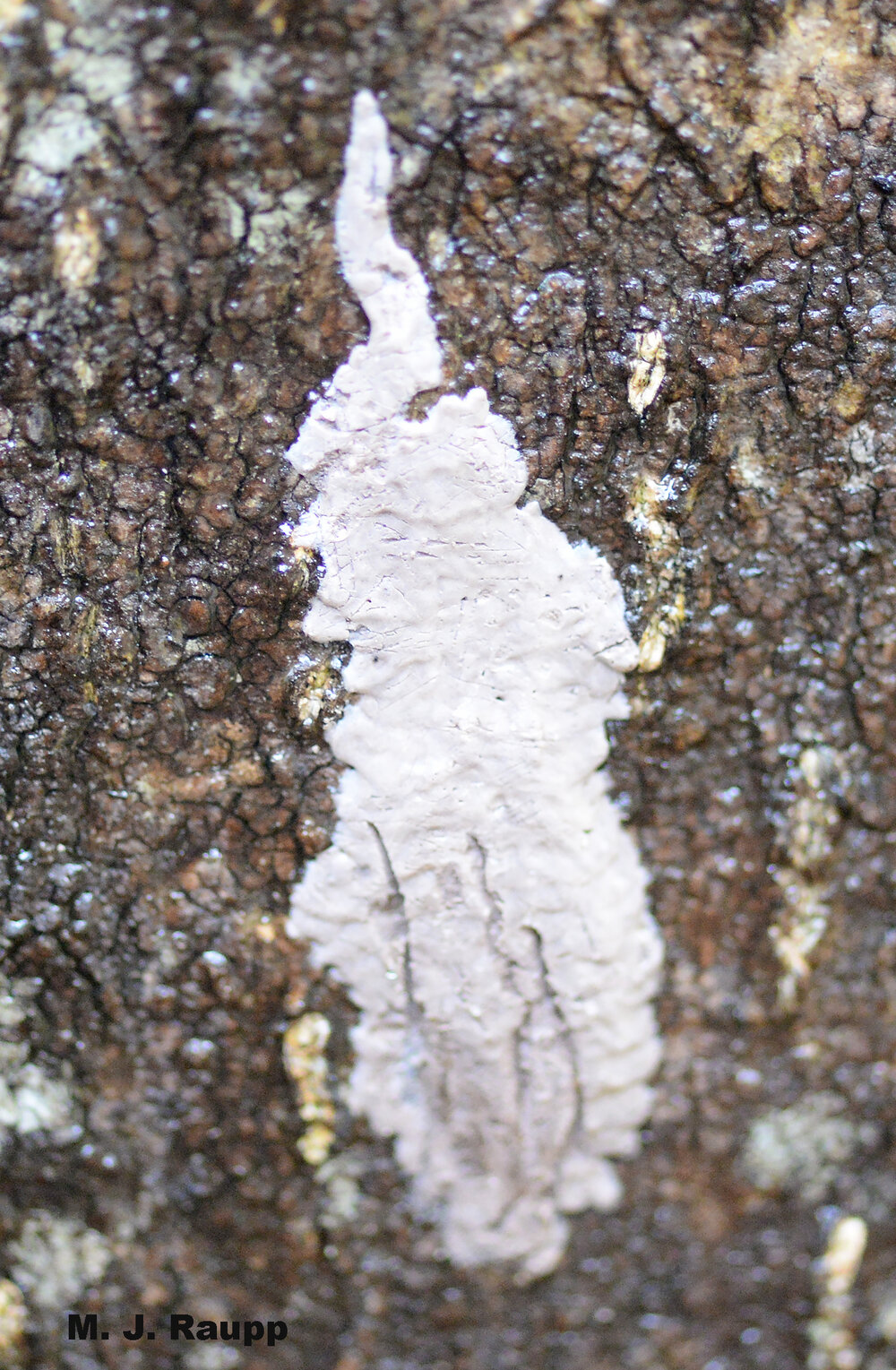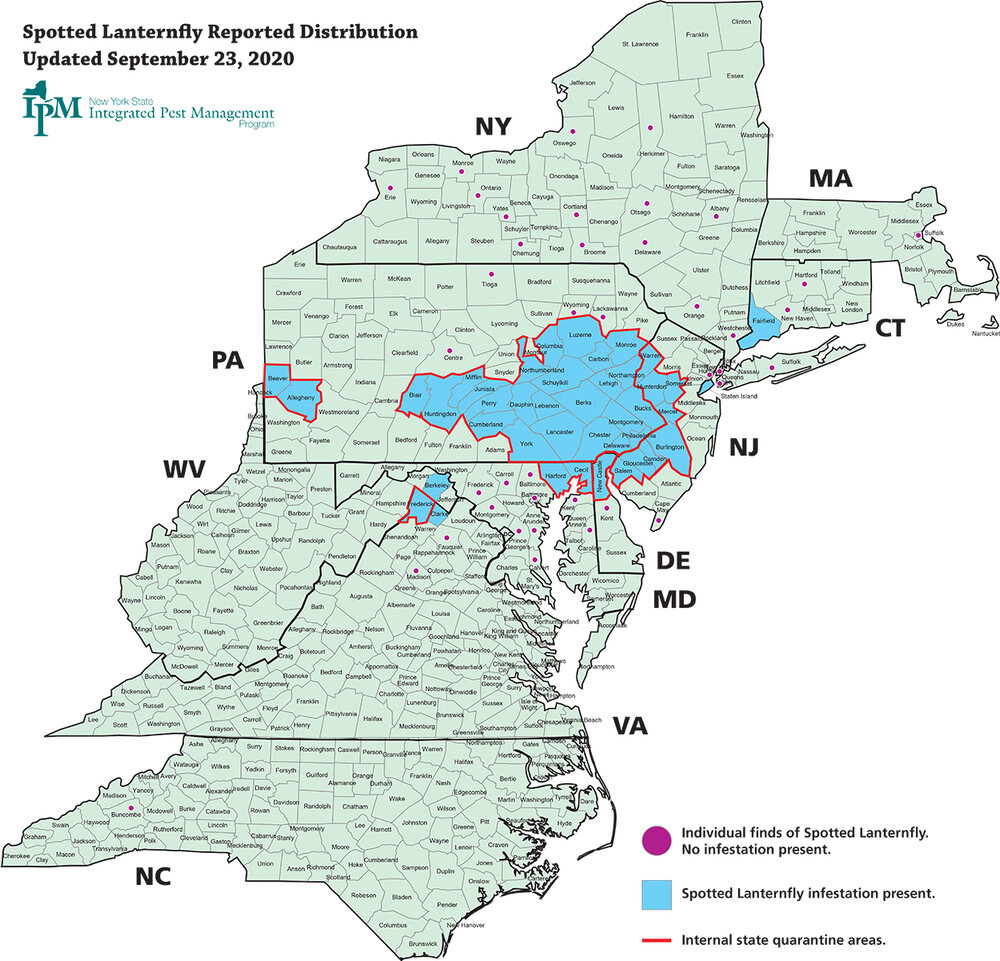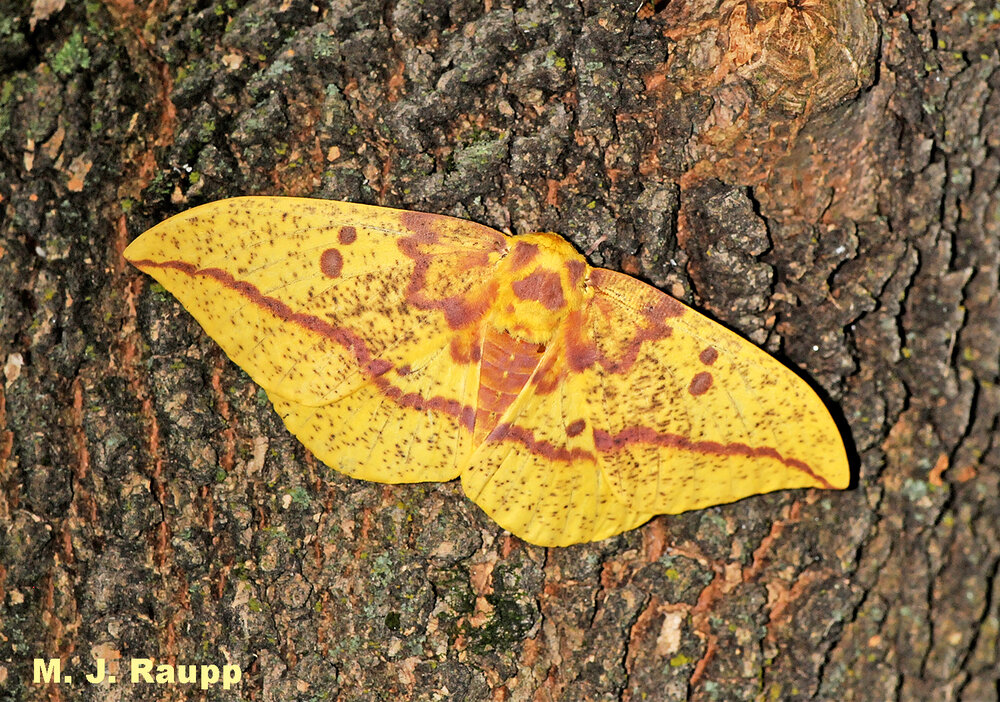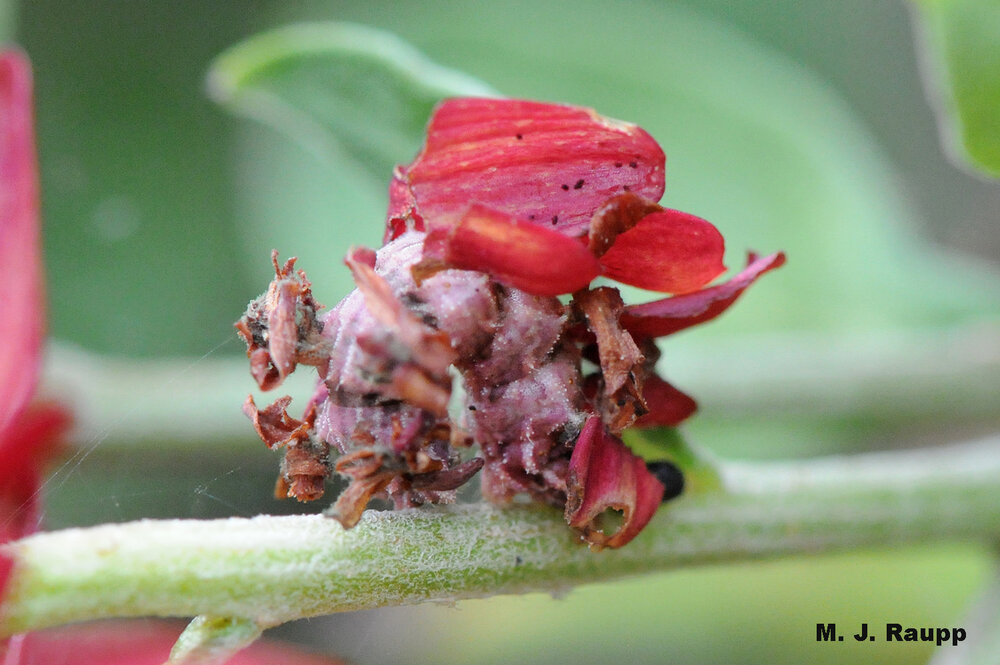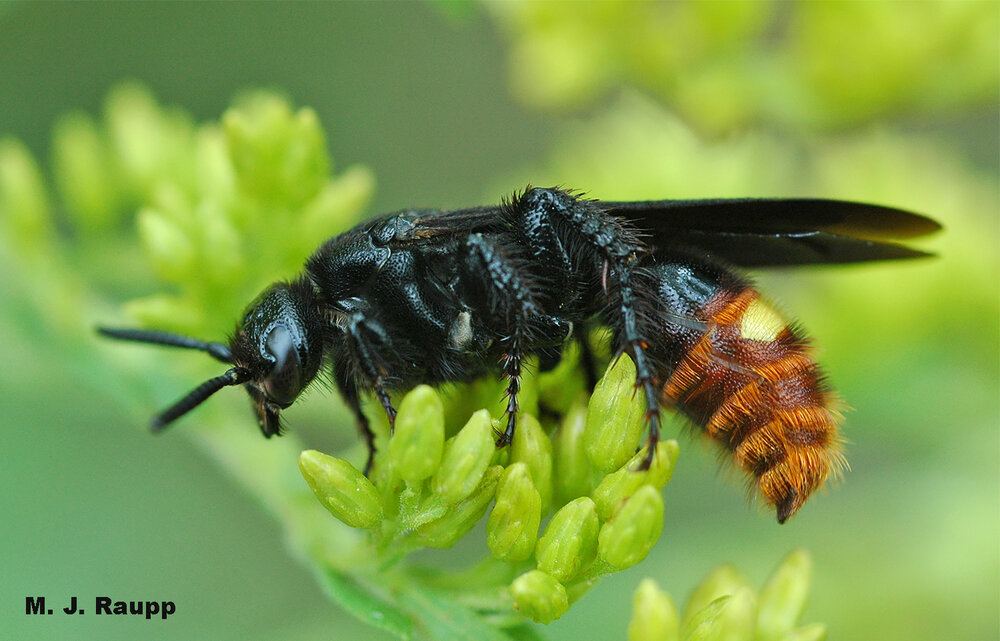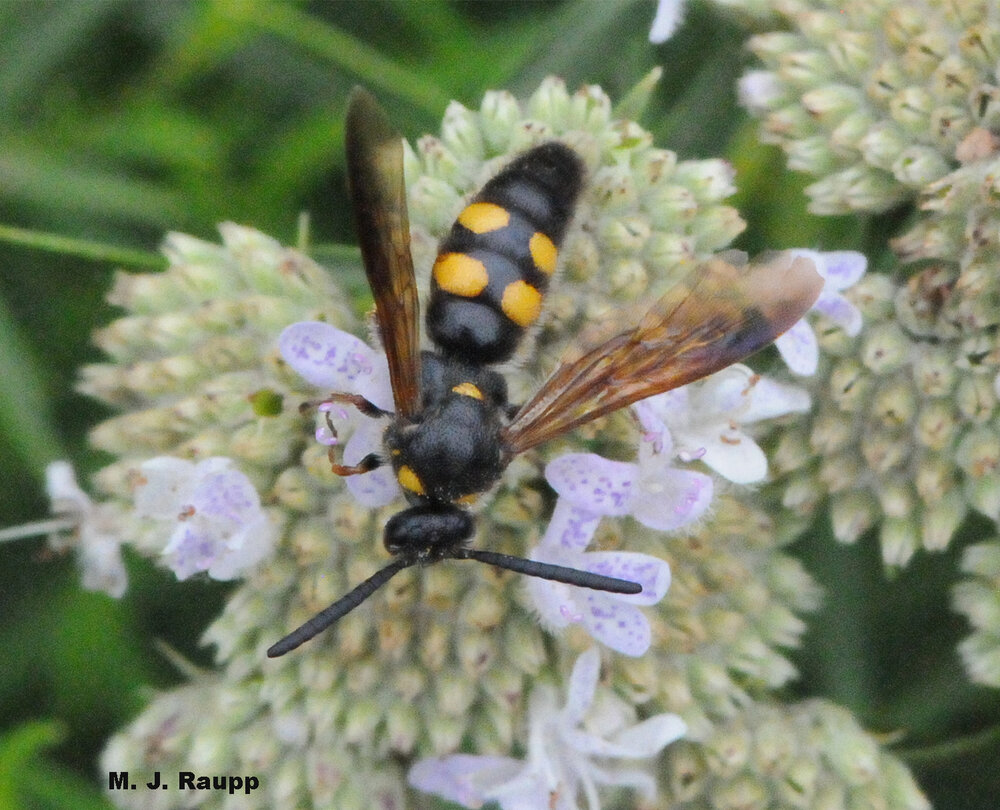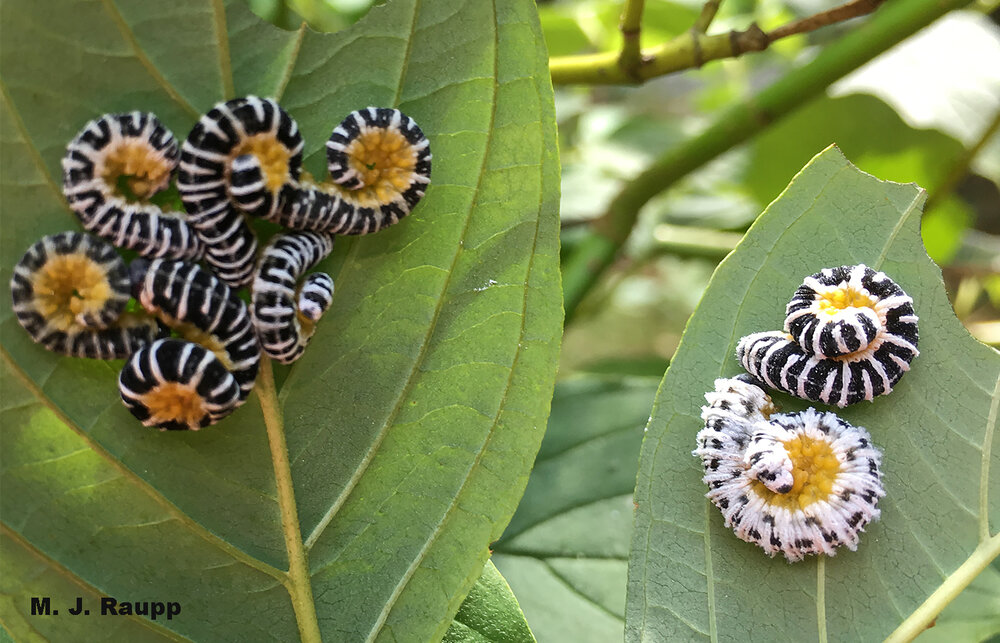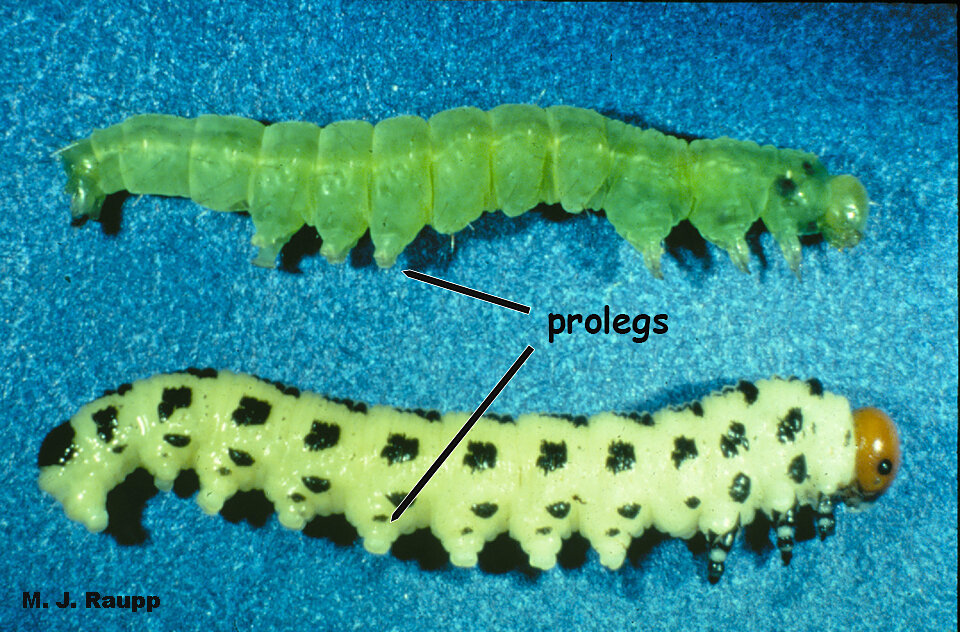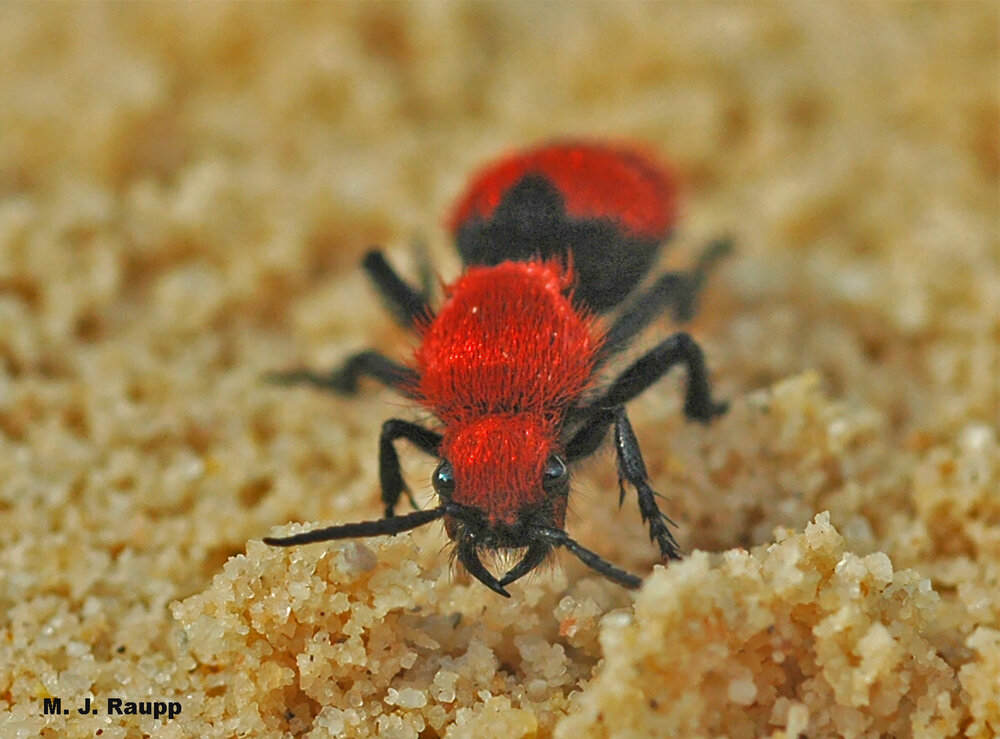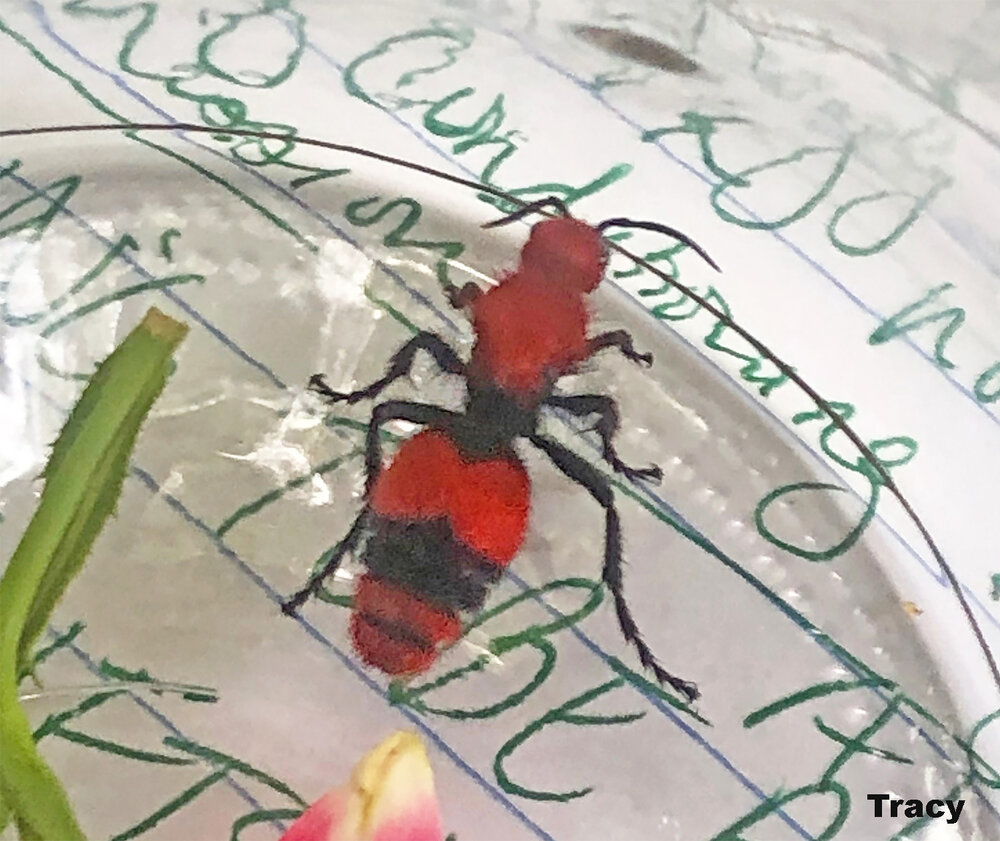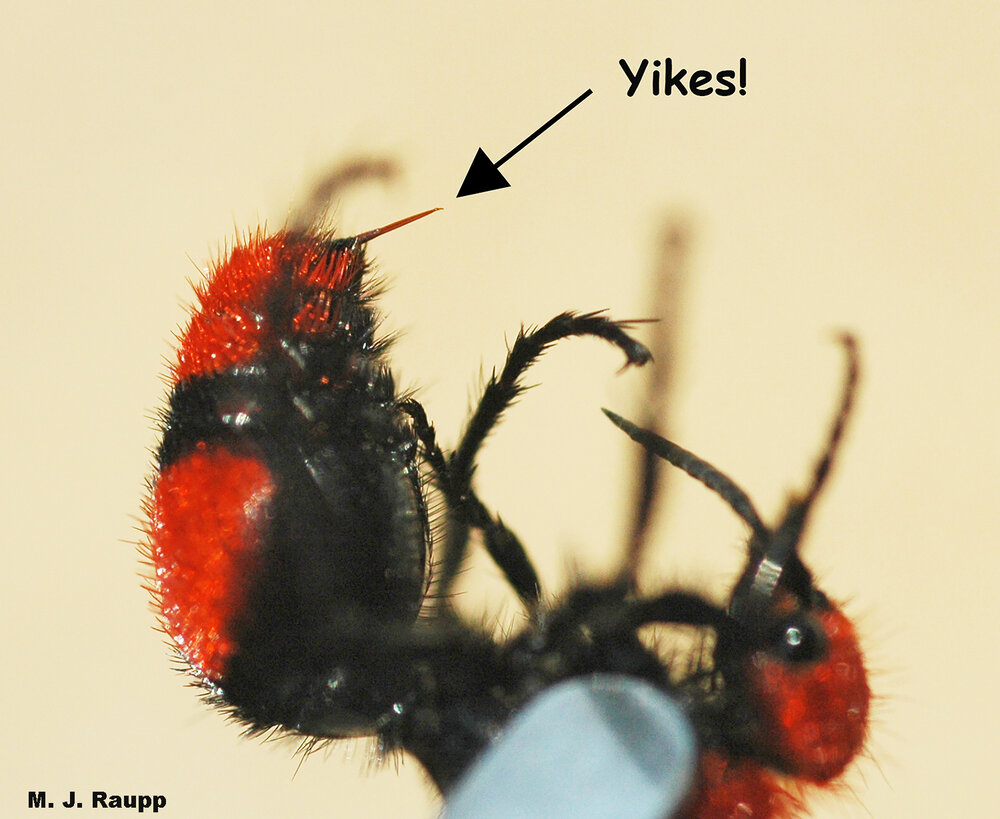An unusual but not unpleasant home invasion by a beneficial beetle: Big-headed ground beetle, Scarites subterraneus

The big-headed ground beetle, Scarites subterraneus, sometimes makes a surprise visit to homes in autumn. Photo credit: Frank Roylance
The waning weeks of summer and first few weeks of autumn are times when many six and eight-legged critters begin to invade homes here in the DMV. Previous episodes of home invasions featured nefarious brown marmorated stink bugs and multicolored Asian lady beetles lurking on walls and windows, a wolf spider wandering in a sink, camel crickets and house centipedes milling around bathtubs, and a velvety soldier beetle larva that somehow find its way indoors. Many of these creatures, like spiders and larval soldier beetles, are predators on the prowl for a tasty arthropod to eat. Others, like stink bugs and lady beetles, are simply trying to find a safe place to chill out and spend the winter until food returns in spring.
Several days ago, I received a fine image of a striking predator known as the big-headed ground beetle, Scarites subterraneus. This beauty had been found trespassing in a friend’s kitchen. The big-headed ground beetle is part of a very large family of beetles called ground beetles, a clan more than 40,000 species strong. Scarites is a fierce predator both as larva and adult. I often find them under mulch or beneath rocks lining my flower beds. On several occasions I have seen Scarites larvae dashing across patios and walkways as they move from one planting bed to the next. Both life stages attack and kill a wide variety of pests that frequent our gardens and landscapes, including ground dwelling caterpillars such as cutworms and armyworms, as well as wireworms, fly larvae, ants, aphids, snails and slugs.
Ground beetles are super important predators in gardens and landscapes as both adults and larvae. They hunt and kill a wide variety of pests including snails, slugs, grubs, and soil dwelling caterpillars like cutworms and armyworms. Both adults and larvae are fast movers and are often seen beneath stones, mulch, logs, and sometimes running across sidewalks, roadways, and patios. It is not unusual to have them as guests entering your home in autumn. Simply collect them in a jar or water glass and release them back into your landscape where they enhance sustainability by reducing populations of pests.
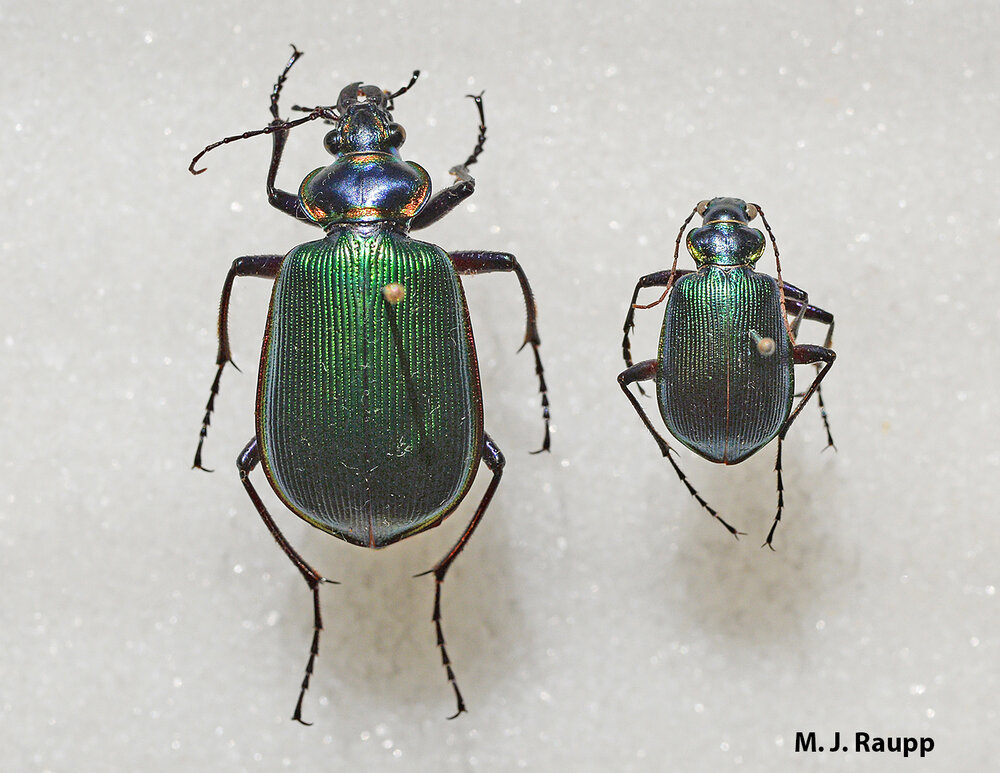
Calosoma wilcoxi (right) is about one third the size of its cousin, the fiery searcher Calosoma scrutator (left). Both climb trees to devour caterpillars.
As their common name implies, most species of ground beetles forage and live at the interface of soil and air. However, a few species such as the fiery hunter, Calosoma scrutator, and its smaller cousin, Calosoma wilcoxi, trend arboreal. They devour gypsy moth caterpillars and cankerworms in the treetops and feast on unlucky inchworms that fall to the ground. Ecosystem services provided by ground beetles don’t stop at demolishing insect pests. Many ground beetles are omnivores and when not consuming meat, they feed as granivores on the seeds of weeds. Harpalus pensylvanicus and Anisodactylus sanctaecrucis are two common granivorous ground beetles that occur throughout much of North America. Scientists have found Anisodactylus and Harpalus adept at removing seeds of important agricultural, lawn, and garden weeds including lambsquarter, pigweed, foxtail, crabgrass, and velvetleaf. After snapping a shot of Scarites, my friend scooped up his unusual house guest and released it back into the landscape. In its natural surroundings it will continue to provide excellent service by removing pests from the garden, just as Mother Nature intended.
References
Special thanks to Dr. Shrewsbury for providing insights and references for this episode. We also thank Frank Roylance for providing the great image of Scarites that inspired this episode. The fascinating study “Ground beetles as weed control agents: effects of farm management on granivory” by Jonathan G. Lundgren was consulted in preparation of this episode.
This post appeared first on Bug of the Week
